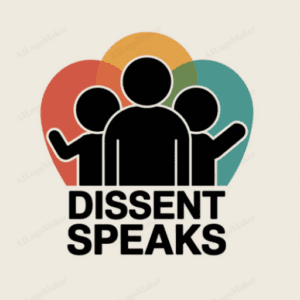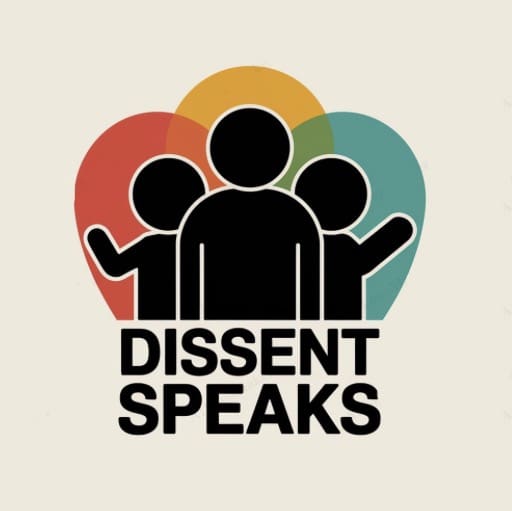Recent executive orders signed by President Trump in January 2025 targeting Diversity, Equity, and Inclusion (DEI) programs have reignited a long-standing debate about the role of such initiatives in American society. This analysis examines both the specific claims made in these orders and the broader historical context that shapes opposition to DEI programs.
Executive Order Claims and Analysis
The 2025 executive orders make several key claims that warrant careful examination:
Claim 1: DEI Programs Are “Illegal”
The orders repeatedly characterize DEI programs as “illegal,” yet this characterization oversimplifies complex legal precedent. The Supreme Court has historically allowed certain forms of diversity consideration in employment and education, provided they don’t use rigid quotas. While the recent Students for Fair Admissions v. Harvard (2023) decision limited race-conscious admissions in higher education, it didn’t declare all DEI initiatives illegal.
Claim 2: FAA Safety and DEI
A particularly contentious claim focuses on the Federal Aviation Administration, stating that “the Biden FAA specifically recruited and hired individuals with ‘severe intellectual’ disabilities, psychiatric issues, and complete paralysis over other individuals.” This statement appears to conflate Americans with Disabilities Act (ADA) compliance with DEI initiatives and implies safety compromises without providing evidence of actual incidents.
Historical and Ideological Context
The opposition to DEI programs reflects deep-rooted ideological perspectives that evolved over decades:
Conservative Philosophy and Civil Rights
The modern Republican stance on DEI evolved from earlier opposition to affirmative action policies in the 1970s and 1980s. Conservative thought leaders like William F. Buckley Jr. argued that addressing past discrimination through preferential treatment created new forms of unfairness. This perspective gained significant traction during the Reagan administration, which promoted the idea of a “colorblind” society.
Individual Merit vs. Systemic Analysis
The core argument against DEI reflects a conservative worldview emphasizing individual responsibility over systemic analysis. As Florida Governor Ron DeSantis argued, DEI “puts ideology ahead of merit.” This individualistic framework contrasts sharply with DEI initiatives, which typically acknowledge systemic barriers and historical inequities.
Rhetorical Analysis and Political Messaging
The executive orders employ several concerning rhetorical techniques that suggest political messaging rather than policy substance:
Emotionally Charged Language
The documents use phrases like “DEI madness,” “radical,” and “deeply demeaning,” employing fear-based rhetoric particularly regarding aviation safety. This inflammatory language appears designed to provoke emotional responses rather than outline policy details.
False Dichotomies
The orders present several false choices, such as DEI vs. Safety, Merit vs. Diversity, and Excellence vs. Inclusion. Research often shows these aren’t mutually exclusive concepts; diverse teams can enhance performance and innovation.
Legal and Practical Concerns
The implementation of these orders raises several practical issues:
Civil Rights Compliance
The blanket elimination of DEI programs could conflict with existing requirements under:
- Title VII of the Civil Rights Act
- The Americans with Disabilities Act
- Equal Employment Opportunity Commission guidelines
Implementation Challenges
The 60-day timeline for terminating all DEI-related positions and programs could create significant operational disruptions and potential legal challenges. The orders lack clear guidance on maintaining compliance with existing civil rights laws.
Impact and Consequences
The vilification of DEI programs has had measurable effects. In states where Republican leaders have restricted DEI initiatives, organizations report increased difficulty in addressing workplace disparities and creating inclusive environments. For example, after Texas restricted DEI programs in higher education, universities faced challenges in recruiting diverse faculty and supporting underrepresented students.
Conclusion: Beyond Political Messaging
While these executive orders raise legitimate questions about DEI implementation, they appear designed more to provoke emotional responses and rally political support than to create workable policy solutions. Their approach lacks the nuance and evidence-based analysis necessary for meaningful reform.
A more constructive approach would involve:
- Examining specific DEI programs and their outcomes
- Providing evidence-based analysis of effective practices
- Developing clear guidelines for maintaining both merit-based systems and inclusive workplaces
- Ensuring compliance with civil rights laws while addressing implementation concerns
Understanding this issue requires acknowledging that opposition to DEI isn’t simply partisan politics but reflects fundamental differences in how groups understand fairness, equality, and the role of institutions in addressing historical inequities. These differing worldviews continue to shape American political debate about ensuring equal opportunity for all citizens.


